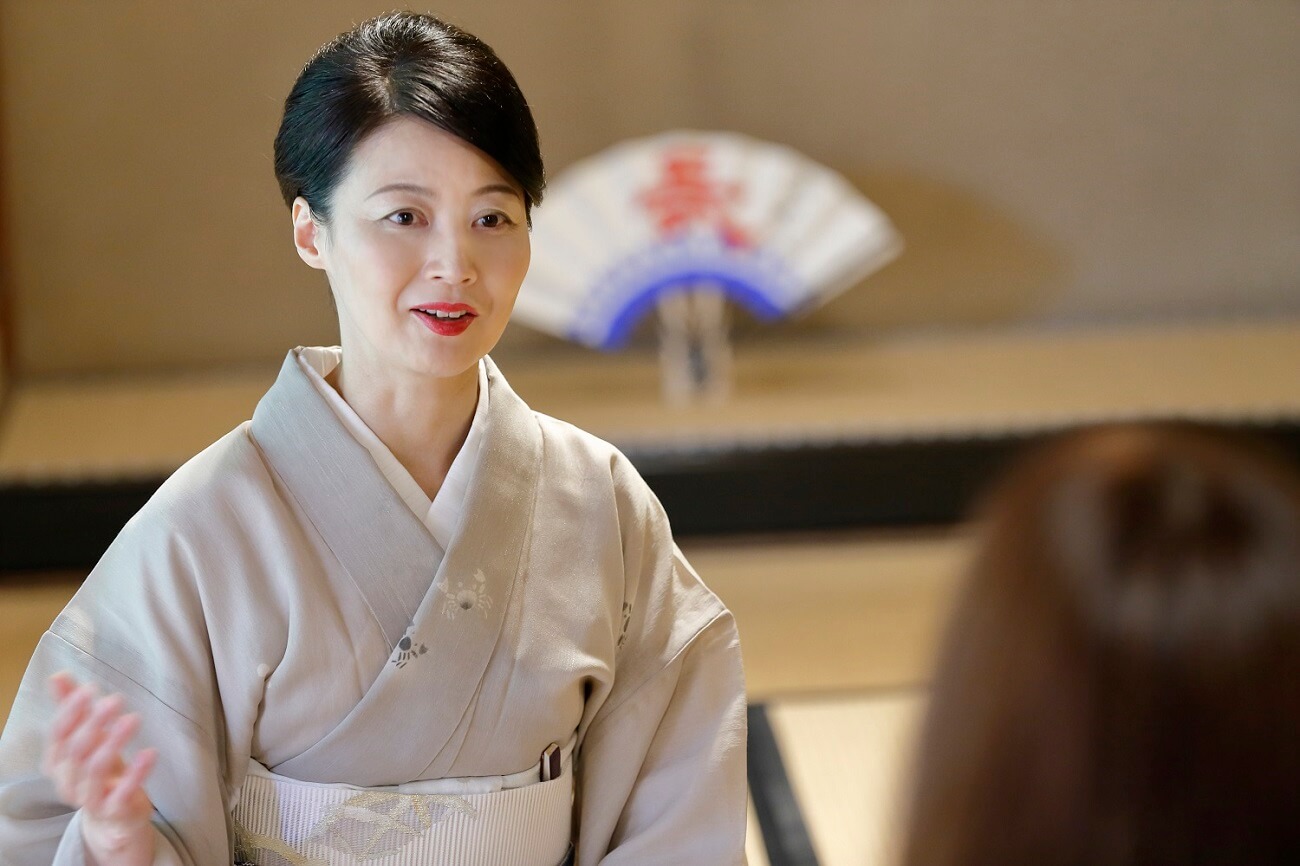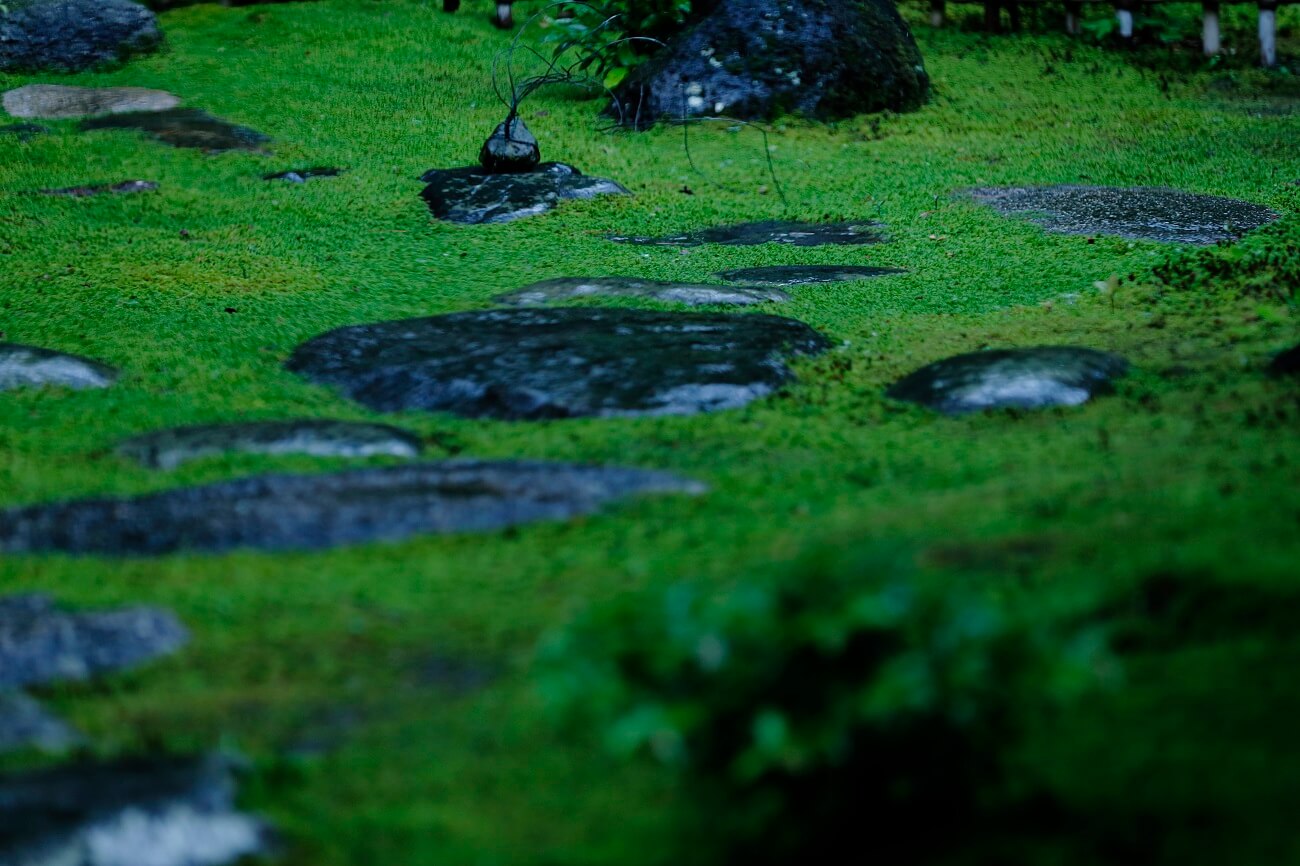
江戸時代の学問所を再興した有斐斎弘道館。 自然と共生してきた日本人の美意識とは
京都御所の西、住宅地にある門をくぐって路地を進むと、落ち着いた風情の数寄屋建築と緑の美しい庭が待ち受けます。ここは有斐斎弘道館(以下、弘道館)。日本文化に関する講座やイベントを開催している学問・芸術サロンで、GOOD NATURE STATIONともさまざまな取り組みを行ってきました。そこで、今回から3回シリーズで、弘道館の活動やGOOD NATURE STATIONとのかかわりについてご紹介します。1回目は、弘道館の成り立ちや活動の核となる考え方について、同館の濱崎加奈子館長(以下、濱崎)にお話しいただきました。(聞き手:GOOD NATURE STATION 中久保)
取り壊しの危機を回避し、一時保存へ
中久保:手入れが行き届いた庭と建物の調和が見事ですね。座って庭を眺めているだけで心が落ちつきます。
濱崎:13年ほど前に初めてここを訪れたときは、庭の木がうっそうと茂っていて、まるでジャングルのようでした。室内は長い間使われていない建物という感じはしていましたね。当時からこの場所が、江戸時代中期の儒者・皆川淇園が創立した学問所、弘道館の址ということは知っていました。ここにいると、安らぐと言うか、何か独特な雰囲気を感じたのを覚えています。
中久保:しかし、10年前にはマンション建設のために取り壊しの危機に直面したとか。その計画をストップするには、大変なご苦労があったのではないでしょうか。
濱崎:本当に奇跡だったと思います。いろいろな人が相当な力を傾け、ぎりぎりの綱渡りでなんとか一時保存にこぎつけることができました。と言いましても、今でもいつ、どんなことが起こって、取り壊されるか分かりません。10年続けてこられたことも奇跡だと思います。
皆川淇園のもとに三千人の門弟が集い学んだ、この場所の“魂”
中久保:2009年に弘道館を再興されたのですね。どんな想いで続けてこられたのでしょうか。
濱崎:私は研究者として、伝統文化を守り、伝える使命があると思っています。この弘道館以外にも、建物保存や文化の再興プロジェクトに長年関わってきました。私は、活動する際には「何が柱なのか」「原点は何か」をいつも考えるようにしています。もちろんこの場所は、皆川淇園よりも前の歴史も持っていますが、江戸時代、全国から門弟が約三千人集い、文化や学問が生まれたという“魂”がある。でもそれが忘れられてしまっていたんです。

皆川淇園は学者でありながら、書画や詩文にも通じる風流人でした。弘道館には幅広いジャンルの文化人が集い、お互いに刺激し合って、新しいものを生み出していた。それに比べると、現代は教育も政治も視野が狭いと感じています。「私はこれが専門」と言ったらそれしかしない、自分の範囲にしか興味を持たないことが多い。だから、現代、そして未来に必要なのは、弘道館のような場所なのではないかと強く思いました。人も文化も先祖が代々培ってきたものの上にあって、そして次の世代にまたつながっていく。その連続の中に、自分がいるということを、弘道館で思い出してほしい。そういう想いで再興して、茶道や香道といった日本の文化、能や落語のような芸能の講座やイベントを開催してきました。今ではたくさんの方の学びの場となることができたと思っています。
日本人が大切にしてきた、自然との共生
中久保:残念なことに、弘道館のような庭や数寄屋建築は、近年どんどん少なくなっていると聞きました。こういった場所でしか感じられないこともありますよね。
濱崎:そうなんです。弘道館にいると、学びが多くあります。例えば美しい庭。実際に庭仕事をやってみると、人間の美のために草を抜いたり、“命”を奪うということに気付かされます。奪うというのは言い方がきついかもしれませんが、庭は人がつくったもの、自然そのものではない。人間は自然からたくさんの命、恵みをいただいているんです。それを庭は教えてくれる。美しくつつましやかに自然と一緒に暮らす、持続可能な暮らしをするのは、当然のことだと思います。人間だけで生きていくなんてありえませんから。ただ、そのことに気付くきっかっけが、現代にはなかなかありません。

そして数寄屋建築も、たくさんのことを教えてくれます。この建物は幕末から大正にかけて増改築をされてきたもので日本人が受け継いできた美意識が詰まっています。床の間がある座敷にこうして座って、畳にひざが触れている感覚、座っている姿勢から視線の先にあるもの。それらを感じて初めて、この空間の美が分かる。もし、ここにテーブルとイスを置いて、イスに座って床の間の掛け軸を見たとして、果たして本当の意味で美しいと言えるのかどうか。何年も、何年もこの空間に暮らし、あるいは床の間に掛け軸を掛けてきた人々の息づかいは、きっとこの場所に記憶として残っています。それを全く無視してしまうことになる、私はそう思います。
オンラインに挑戦して得た気付き
中久保:日本の伝統を大切にしておられる弘道館ですが、今回のコロナ禍にあって、オンラインにもいち早く取り組まれましたね。
濱崎:意外だと言われました(笑)。でも、学びの灯を、人のつながりを消さないという一心で、オンラインで講座やお茶会を実施しています。オンラインでやっても、参加された方の感動が伝わってきましたし、同じ場所にいなくても心が通じて伝わることがあり、喜びは確かに生まれるということは、私にとっても発見でした。例えばオンライン茶会では、目の前にいなくても、同じ時間に、同じ方向を向いてやっているということがちゃんと実感できる。同じ場所にいなくても「一座建立」はできると思いました。もし、オンライン茶会に参加した方がオンラインで満足してしまったら、弘道館はいらないじゃないか、そういう考え方もあるかもしれません。でもオンラインであえてやることで、茶道についてかえって深く理解できる、そんな風にも思っています。
そして、逆にオンラインでは伝えられないことは何なのかが浮かび上がってくる。あらためて、場所があること、同じ時間に一緒にいること、存在することに、どんな意味があるんだろうかと。私たちが本当に何を求めていたるのかと、再発見する機会にもなっています。
皆川淇園の学問所という“魂”を現代に再興した弘道館。広間に座っていると、雨が葉に落ちる音が聞こえ、広間を抜けていく風を感じられます。自然との共生や先人が大切にしてきた暮らしの在り方について、もっと知りたい、学びたい―。そんな意欲が湧いてきました。
次回は、弘道館とGOOD NATURE STATIONのパティスリーブランド・RAUがGOOD NATURE STATIONの開業前から一緒に行ってきた研究会について、お話をうかがいます。
(2020年7月初旬に取材)
有斐斎弘道館
京都市上京区上長者町通新町東入ル元土御門町524-1


